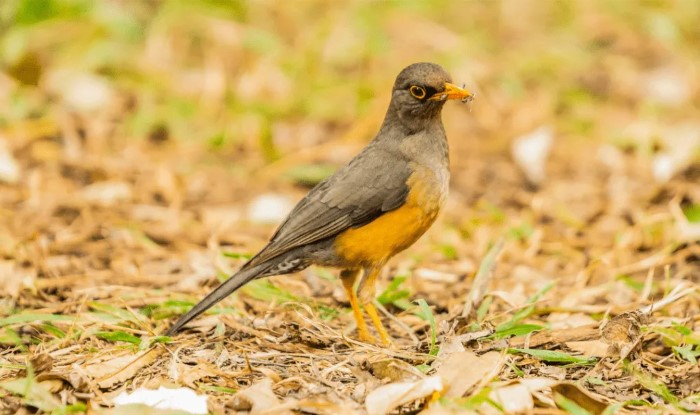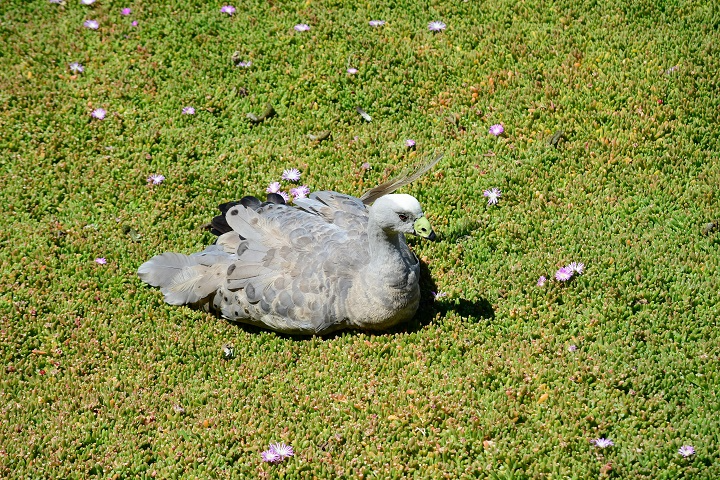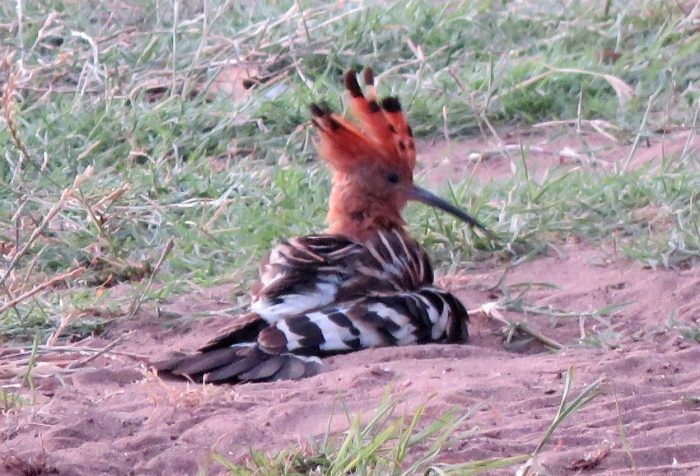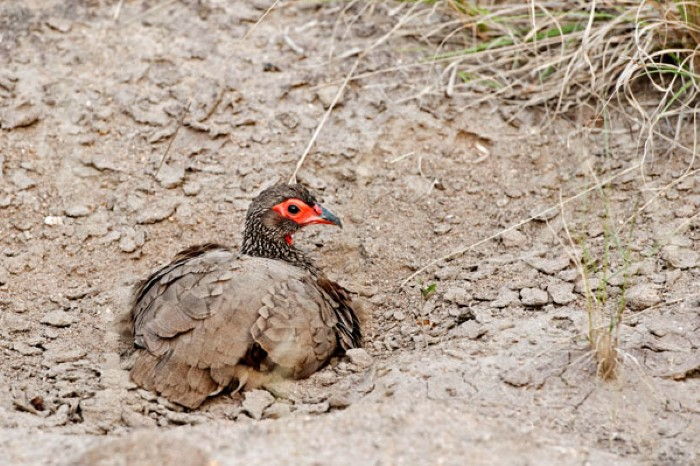Birds fascinate us every day. They sing, they migrate, and they build beautiful nests. But some birds do something absolutely weird. They use ants. This is anting.
It appears strange. A bird stumbles upon ants, places them on its feathers, or rolls around an anthill. A bird would suffocate itself with ants. Why? The explanation is fascinating. Anting is a ritual of grooming, a defense mechanism, and maybe even a pleasure for birds.
This blog explores anting birds in detail. We’ll look at how it works, why birds do it, which species are known for it, and what science says. By the end, you’ll see why this quirky behavior is one of the most remarkable in the bird world.
What Is Anting?
Anting is the behavior where birds use ants on their bodies. There are two main types:
- Active anting: The bird catches ants in its bill and rubs them on feathers.
- Passive anting: The bird settles on an anthill and allows ants to march through its feathers.
Both techniques work, although unorthodox.
Why Do Birds Use Ants?

Scientists have been baffled for decades. The most plausible explanations are:
- Pest Control
Ants release formic acid, which kills or repels mites, lice, and feather parasites.
- Feather Maintenance
Ants remove grime and oils from feathers.
- Comfort
Other researchers think birds enjoy it, a natural massage.
- Food Prep
After ants have released their acid, birds will at times eat them, making them more digestible.
So anting is good and maybe a little fun.
Common Anting Birds
Anting is not done by all birds, but numerous birds do.
- Crows – Often seen lying on anthills, outstretched wings.
- Jays – Blue jays of North America are frequent anters.
- Thrushes – Rub ants on their feathers.
- Starlings – Group anting of European starlings is not uncommon.
- Sparrows – Some sparrows use ants during molting.
This suggests that anting behavior is common among bird families worldwide.
How Active Anting is Conducted
Whereas active anting, a bird will individually select ants. It picks it up with its beak and rubs against its wings, back, or breast.
- The ant wriggles and releases formic acid.
- The acid touches the feathers.
- The bird does it to several ants.
- It is as if the bird is using the ant as a live feather brush.
How Passive Anting Is Done
In passive anting, the bird spreads its wings on the ground. The bird sits upon an anthill or has ants crawl all over its body.
- The ants walk over feathers.
- They produce acid upon being disturbed.
- The bird waits patiently, sometimes for minutes.
It’s sunbathing but with ants.
Active vs. Passive Anting
| Method | How It Works | Example Birds | Benefits |
| Active Anting | Bird collects ants and rubs them on feathers | Blue Jays, Thrushes | Targeted cleaning |
| Passive Anting | Bird walks over anthill and lets ants walk over | Crows, Starlings | Total-body parasite control |
Why Ants?
Ants stand out in that they possess formic acid. Formic acid is a natural pesticide. It is like having free medicine to birds.
No other insect has this benefit. That’s why birds target ants specifically for this behavior.
Do All Birds Use Ants?
No. Anting is not a universal trend among all birds. It is predominantly seen among songbirds like jays, thrushes, and starlings. Seabirds or raptors of large size do not ant much.
Notwithstanding that, dozens of species covering the entire world employing ants point towards it evolving many times.
Scientific Studies on Anting
Since the 1930s, biologists have been examining anting. Some of the most interesting findings:
- Birds such as ants that secrete acid, rather than force-biting ones.
- Anting also often takes place during molting periods, when the feathers are new and vulnerable.
- The birds sometimes eat the ants after anting.
It suggests that anting is functional and defensive too.
Anting as Grooming of Feathers
Birds’ feathers are extremely important. They have to be kept clean, soft, and parasite-free. Anting is one of the many ways birds keep them so, apart from preening and dust bathing.
If they do not get the grooming done, feathers become poor, flying becomes difficult, and survival is affected.
Cultural Understandings of Anting
Humans have observed anting for centuries. In mythology, some people used to think that birds were “demon-possessed” if they rolled around in anthills. Others thought it to be a therapeutic ritual.
Birders nowadays look at it as one of the most fascinating things to observe in the wild.
Interesting Facts About Anting Birds
- Some birds use alternatives like beetles, millipedes, or even cigarette stubs if ants cannot be found.
- Anting can persist for several minutes, the birds replaying the process dozens of times.
- Domesticated birds like parrots sometimes simulate anting with household objects.
- Anting is generally done in silence, as if the bird were extremely focused.
Birding Tip: Seeing Anting
If you see a bird sitting immobile on the ground with wings held away from the body, it may be anting. Watch for:
- Being near anthills.
- Bird rubbing beak against feathers.
- Patient quietness as ants crawl.
Uncommon but interesting.
Anting in Zoos and Captivity
Captive birds are occasionally provided with anthills or substitutes by zookeepers. It keeps feathers in good condition and stimulates behavior. In aviaries, birds can use food materials like orange peels or herbs as a substitute for ants.
This means anting is not merely instinct—anting is adaptive.
Birds Well-Known for Anting
| Bird | Region | Type of Anting | Notes |
| Blue Jay | North America | Active | Rubs ants onto feathers |
| American Crow | North America | Passive | Lies in anthills |
| European Starling | Europe/Asia | Both | Group anting common |
| Song Thrush | Europe | Active | Picks acid-spraying ants |
| House Sparrow | Global | Active | Utilizes ants after molt |
Do Ants Profit from Anting?
Amazingly, yes. Most ants survive the encounter. The birds utilize them merely for the spray. Then the ants just walk away unharmed—or get consumed later.
This bizarre encounter reflects how nature allows for use and survival.
The Enigma of Anting Pleasure
Other researchers just think anting is nice. The tickling of the ants on feathers could be calming for birds. Like how humans enjoy going to the spa, birds may enjoy this ant “spa day.”
This is a controversial hypothesis but most birders swear that it actually does look like they are relaxing.
Conservation Note
Anting behavior reminds us that birds and ants are connected. When we destroy ant colonies with pesticides, birds have lost a natural cleaning buddy. Preserving the small is preserving the big picture.
Frequently Asked Questions regarding Anting Birds
What is bird anting?
Anting is the behavior of birds applying ants on feathers for defense and cleaning.
Why do birds use ants?
For ant control, feather cleaning, and on occasion just for fun.
What birds ant most?
The most common ones are crows, jays, thrushes, starlings, and sparrows.
Do birds always necessarily ant?
No. They use other things too, like dust baths and preening.
Do pet birds ant?
Yes, but perhaps in place of it with herbs, orange peels, or even toys.
Anting may look strange, but it’s one of the most delicate tricks of nature. Birds use ants as little servants, with acid to clean their feathers of bugs and dirt.
From crows rolling around anthills to jays rubbing with great care in ants, the behavior shows brains and versatility. It’s cleanliness to a degree, security to a degree, and perhaps even fun to a degree.
So when you see a bird in the grass with wings spread out, don’t be puzzled. You may be observing a fascinating anting birds’ ritual—a symbiotic life of wings and ants.




